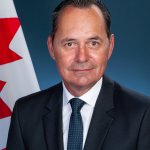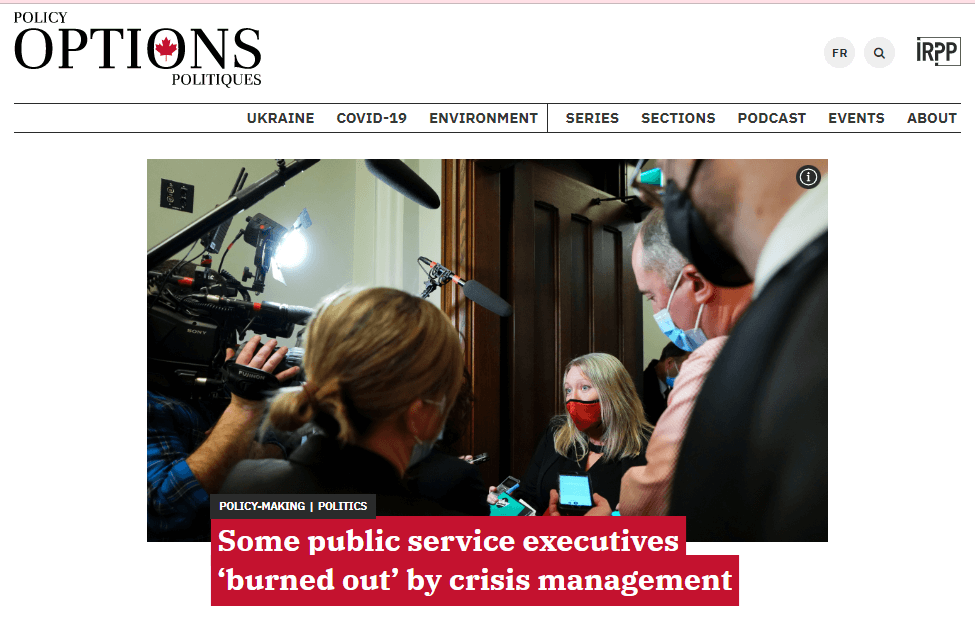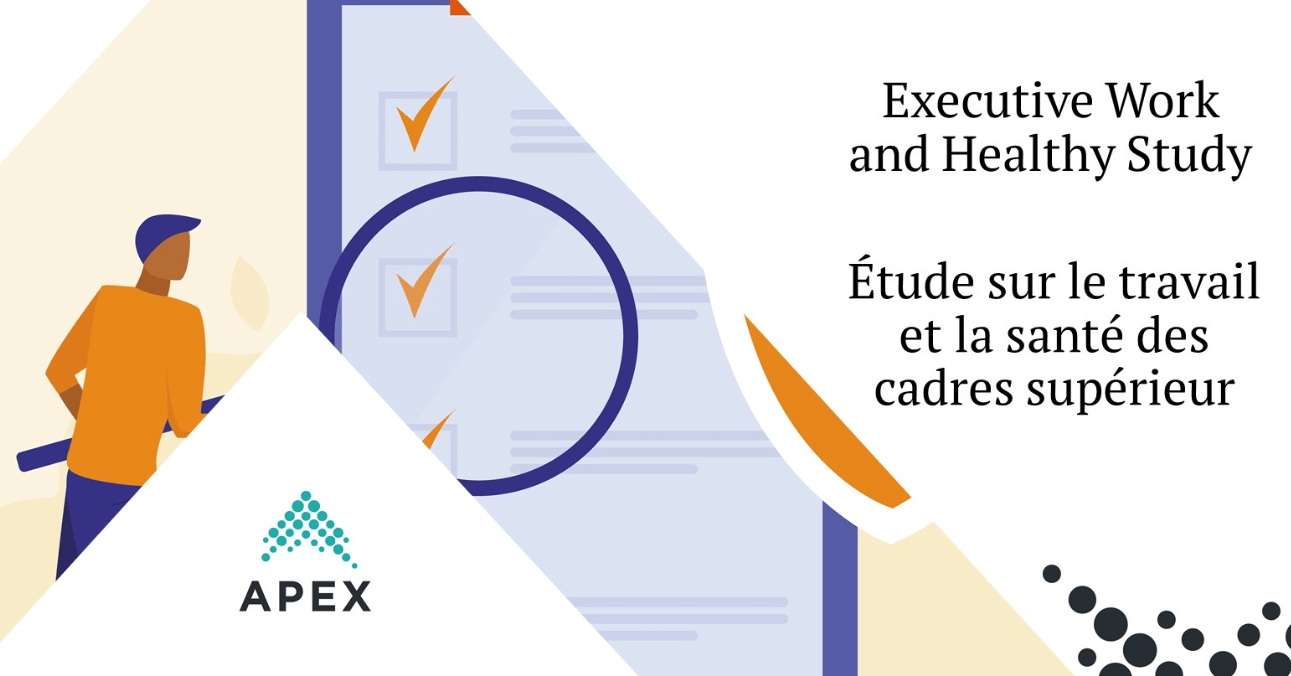Economic Increases for Executives – Update
(March 25, 2025)
Executive Pay for 2025
The Office of the Chief Human Resources Officer has informed deputy heads that the Government of Canada has approved a base pay salary increase of 2% for executives and certain other senior leaders for 2025-2026. The salary increase is aligned with those negotiated through collective bargaining. The adjustment notably applies to the following occupational groups within the core public administration:
- the Executive (EX) occupational group
- civilian member executives of the Royal Canadian Mounted Police
- employees of the Defence Scientific Service sub-group (DS levels 7A, 7B and 8)
These adjustments also apply to eligible Governor in Council (GIC) appointees, including deputy ministers, chief executive officers of Crown corporations, heads and members of administrative tribunals, agencies, boards and commissions and certain part-time individuals.
The allocation for the same enhancements for senior leaders in separate agencies and appropriations-dependent Crown corporations was also approved.
The revised salary scales are posted on the Treasury Board website.
Economic Increases Implementation
Public Services and Procurement Canada and the Treasury Board Secretariat have provided APEX with an update on the implementation of economic increases for executives, with completion rates as of March 13, 2025.
The information that follows relates to executives who work or have worked for organizations served by the Public Service Pay Centre.
EX occupational group
2022-2024 Economic Increases
- The Pay Centre continues to issue retroactive payments. At this stage, 83% of all accounts for employees in the EX occupational group have been processed. About 2500 accounts remain to be processed, most of them for employees on short-term acting assignments in executive positions during that period.
- The Pay Centre has indicated that payments issued in the pay systems by March 31, 2025, will have a payment on April 9, 2025.
- Based on current projections, the Pay Centre is expecting to have approximately 1500 cases that will require further processing steps after the March 31, 2025, commitment date. It is anticipated that the remaining cases will be completed by late Spring 2025.
Economic Increase for 2025
- Planning is in place to implement the economic increase on time, with the changes reflected on the April 23, 2025 regular pay for most executives, following a semi-automated process within the Pay Centre.
- Any accounts identified as exclusions will be manually reviewed and receive an adjustment later. (Salary maintenance, grievance settlements and acting requirements are the most common reasons for excluding accounts from the semi-automated process.)
LC occupational group
- Strategic planning was in place to implement a mass update to salaries of active and terminated executives of the LC occupational group. This was to cover both current salary and retroactive payment.
- The mass update was targeted for implementation by February 28, 2025, with LC executives receiving their revised regular pay and retroactive payments on March 12, 2025. These retroactive payments were expected to closely align with manual revision calculations. This was done for 94% of accounts.
- Performance pay adjustments and salary adjustments required due to the manual revision calculation will be completed by a Compensation Advisor by August 4, 2025.
As it is difficult to validate amounts received several years after the fact, we recommend that you keep track of any lump sum payment received and note what it relates to. This will be helpful should there be any issue later.
For retired executives with pensionable service beyond March 2022, information pertaining to their adjusted salaries will be forwarded to the Pension Centre once their file has been processed by the Pay Centre.








